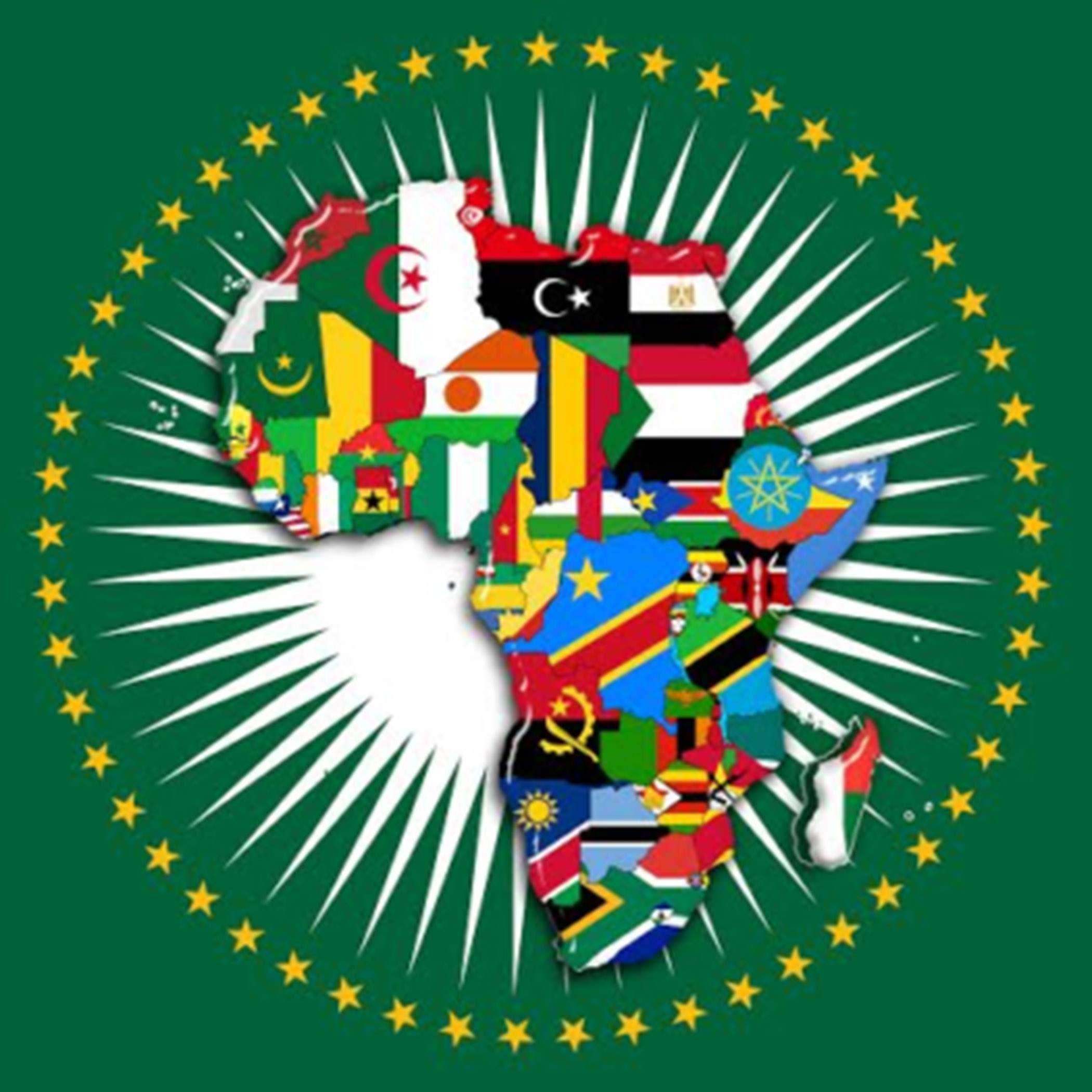There is an African proverb that says, “when spiders’ webs unite, they can tie down a lion.” This proverb goes a long way to define the essence of States’ drive for cooperation and integration in order to ensure the welfare and progress of their people and economy. Like the European Union (EU), Africa too has built the focus of looking after its own and improving its resources through integration of its States. Like every other study on integration as it affects trade, unity, exchange of culture and economic growth of the world, this research will analyze the same issues of integration in Africa, Europe and the rest of the world. The World Bank in 2000 [1] research on studies of regional economic integration highlighted the main concepts of prospect of cooperation and integration between states actors; it also gave insight on the probable causes and suggested solutions for the existence of weak states and political oppositions to the idea of sharing sovereignty. Past and present supporters of regional integration regard this arrangement as a potent strategy for accelerated economic growth, poverty reduction and lessening of conflicts. It must be stressed however, that regional integration in most parts of Asia and Africa is fundamental, but not exclusively economic.
Regional economic integration has a fairly long history in virtually all parts of the world. It has been regarded as a means of expansion of trade, enlarging local markets and contributing to the economic concept of industrialization.
Since World War II, many efforts towards integration around the world have been attained with the European Union (EU) as one of the successful examples. Most countries now belong to at least one regional arrangement following a similar pattern. Integration of the 27 European member States served as a root of togetherness and oneness felt by the citizens (even though they have differences in caste, creed, religion, culture, languages, region, etc.) as these states are governed by common economic, security, and social policies. With a world of differences that cannot be unseen, cooperation and integration could serve as a way that shows connections, and it should be recognized that all are one in order to build a peaceful world. Many of the world’s greatest economies and governments have been built on this principle. By 1993, the EU entered into the Maastricht Treaty by force; this Treaty was designed to enhance European Political and Economic Integration by creating a single currency, the Euro. Moreover, the security and unified foreign policies gave rights to citizens by advancing cooperation in the area of immigration.
In the present day, the African Union is beginning to take steps towards building the dream of a unified continent, also upon these same principles. There is no uncertainty around the need of unification in the region, the prominent issue is how to attain it.
Regional Integration Arrangements help neighboring states upgrade cooperation through institutions and laws. Basically, the objectives of the agreement range from economic, social, and political reasons; additionally, it has the form of a political economy initiative where commercial interests are the focus for achieving broader socio-political and security objectives, as defined by national governments. The importance of Regional Integration Arrangements falls between trade gains, increased returns and increased competition, investment, to name but a few.
Gains from Regional Integration Arrangements
Trade Gains: Regional trade agreements cause the demand for third party goods to decrease while driving down prices. In addition, more acute competition in the trade zone may induce outside firms to cut prices to maintain exports to the region. This will create a positive trade effect for member countries. However, the move to free trade between partners who maintain significant tariffs vis-à-vis the rest of the world may well result in trade diversion and welfare loss. (World Bank, 2000)[1].
Increased Returns and Increased Competition: Within a tiny market, there may be a trade-off between economies of scale and competition. Market enlargement removes this trade-off and makes possible the existence of (i) larger firms with greater productive efficiency for any industry with economies of scale and (ii) increased competition that induces firms to cut prices, expand sales and reduce internal inefficiencies. Competition may lead to the rationalization of production and the removal of inefficient duplication. However, pro-competitive effects will be larger if low external tariff allows for a significant degree of import competition from firms outside the zone. Otherwise, the more developed countries within the regional integration scheme would most probably dominate the market because they may have a head-start.
Investment: Regional trade agreements may attract Foreign Direct Investment (FDI) both from within and outside the Regional Integration Arrangement as a result of (i) market enlargement (particularly for “lump sum” investment that might only be viable above a certain size), and (ii) production rationalization (reduced distortion and lower marginal cost in production). Enlarging a sub-regional market will also bring direct foreign investment, which will be beneficial, provided that the incentive for foreign investors is not to engage in establishment of a production facility, i.e., “Tariff-jumping”. (World Bank, 2000) [1].
Pre-Conditions and Key Principle for Successful Regional Integration
It suffices to say that successful regional integration is premised on a number of pre-conditions. As far as politics is concerned, these relate to the existence of: (i) domestic peace/security in countries; and (ii) political and civic commitment and mutual trust among countries. With regard to economics, there is a need for (i) a minimum threshold of macro-economic stability and good financial management in countries (price stability, realistic real exchange rates, etc.); and (ii) sufficiently broad national reforms to open markets (Garden, T., 2001)[2].
Furthermore, whatever the scheme, successful integration has to be guided by principles, which would assure that the sub-regional and the national programs are compatible and mutually reinforcing. One such principle, “open-regionalism”, seeks to insure that a sub-regional strategy is bred in the same ideological paradigm as national reform policies. The other, “subsidiary”, provides guidelines for dividing responsibilities between countries and regional organizations for facilitating the integration process.
To conclude, it is observed that the current instability in the World’s political, economic decline, and social discontent reflect a leadership crisis on states. If this is true of individual countries, it is equally valid for the regional integration processes. The emergence of stronger leadership could supply the vision and necessary direction and demonstrate the sacrifice and commitments that are essential in any cooperative endeavor. However, not all countries are given the same appreciation of the need for cooperation. It would appear that some have to be coaxed, persuaded and pulled along by others. The advantages to be derived from economic cooperation are so obvious and the role that economic cooperation could play in the development of each state actor is so fundamental that one is at a loss as to why a solution to the problems has not been the main concern of states.
The situation shows all too clearly that a sense of belonging to a plural-national community is critically lacking. If on the whole, the results of the integration efforts made by ECOWAS and EU have, as already indicated, been clearly below expectations, there are, to some extent, promising signs which indicate better prospects for the future of Regional Integration. Some of these signs are the “recent events in the political and economic scene of the world, which have gradually helped to remove the principal obstacles to integration.”
Among these are:
- The advent of democracy in most countries, particularly in Africa, which falls within the dominant economy West Africa.
- The adoption of a strategy for accelerating the process of integration in order to create a single regional market based on trade liberalization, to establish a common external tariff and harmonized economic and financial policies.
- The harmonization of the programs of the countries under the agreement and in connection with the acceleration of the process of integration.
- Regional integration should also embrace cooperation in the social, cultural defense, and political fields, because the absence of stable and compatible policies in these areas militates against the success of regional integration in other respects.
It follows logically therefore that the ground is fertile and the prospects are unlimited for the urgent change of approach and attitude by the people, governments and states in adoption of the strategy of economic integration as the panacea to the myriad of development and socio-economic challenges that have long bedeviled the world.
References
[1] World Bank, (2000). Regional Integration: Concepts, Advantages, Disadvantages and Lessons of Experience. World Bank, Dc.
[2] Garden, T., (2001). The Politics of Economic Integration in Europe, Indiana University.

